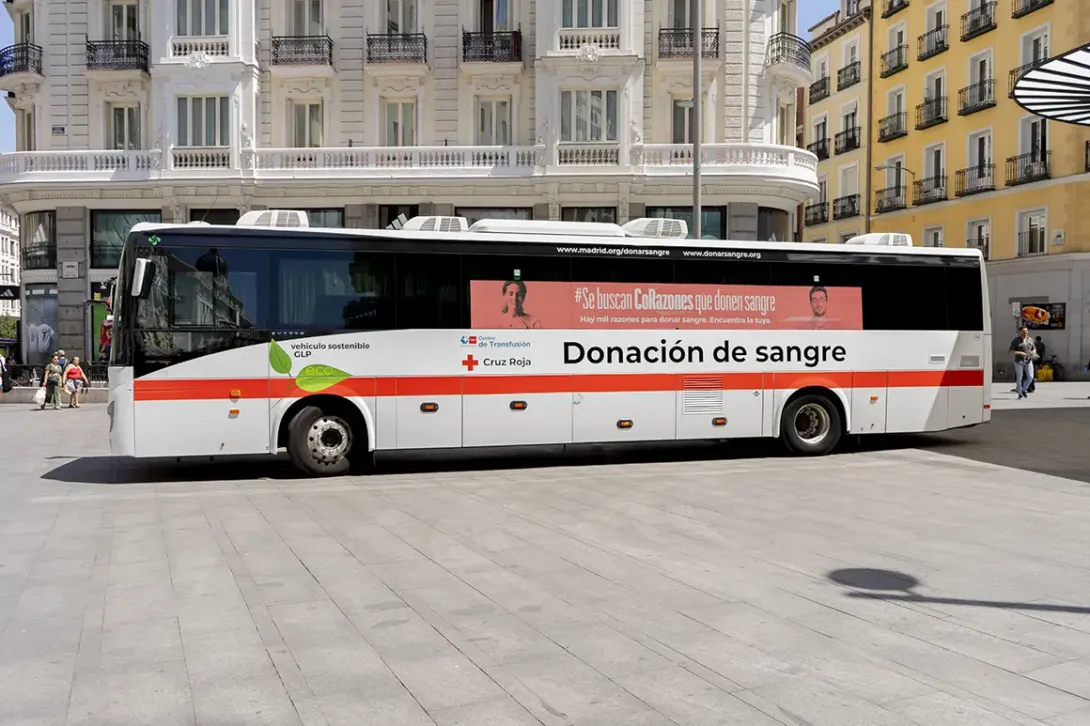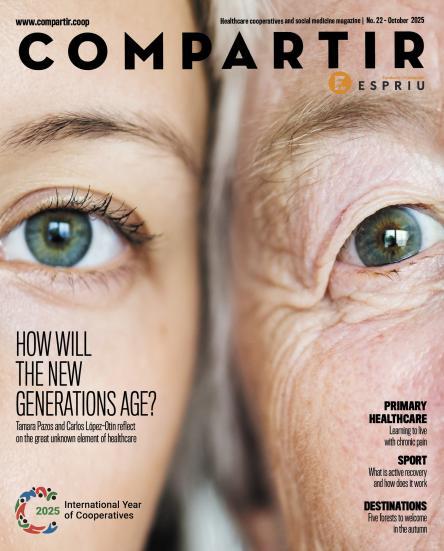
All you need to know to donate blood
More than 1,120,000 people donated blood in Spain in 2023. Would you like to donate? Here are all the steps you need to follow to become a blood donor.
For the last three decades, Spain has been self-sufficient in blood components thanks to the solidarity of healthcare professionals and Spaniards who donate altruistically every year. In 2023, these figures enabled a total of 1,740,025 transfusions, treating more than 464,422 patients. These donations are an actual lifesaver, since, as the Red Cross points out, one out of every two people living in Spain will need blood at some point in their lives, or in other terms, every three seconds a blood transfusion is required.
However, although we may be pioneers in the field of blood donation, Spain still needs to increase its plasma reserves, a necessary component for creating treatments that are essential for the survival of many patients. Although it is less common, there is a form of donation where only plasma is removed, by means of plasmapheresis, which is carried out in a machine called a cell separator; this simple type of extraction allows donations to be more frequent, even alternating plasma-only and conventional donations. It takes 45 minutes and yields about 600 ml of plasma. It can be performed up to six times a year. The steps and requirements for donating plasma are the same as those for donating blood.
What is donated blood used for?
Every day, hospitals need to request the amount they require of each different blood component from a blood bank.
- Red blood cells: They are required when dealing with accidents and surgery, as well as in some cancer treatments.
- Plasma: Used to create medicines, in patients with clotting disorders and for patients with severe burns.
- Platelets: Used in cancer patients and to prevent haemorrhage.
To conclude, donating blood is a simple and safe process that can save up to three lives with a single donation. If you wish to do it and if you meet the required conditions, you can become a blood donor today by going to one of many blood donation centres.




